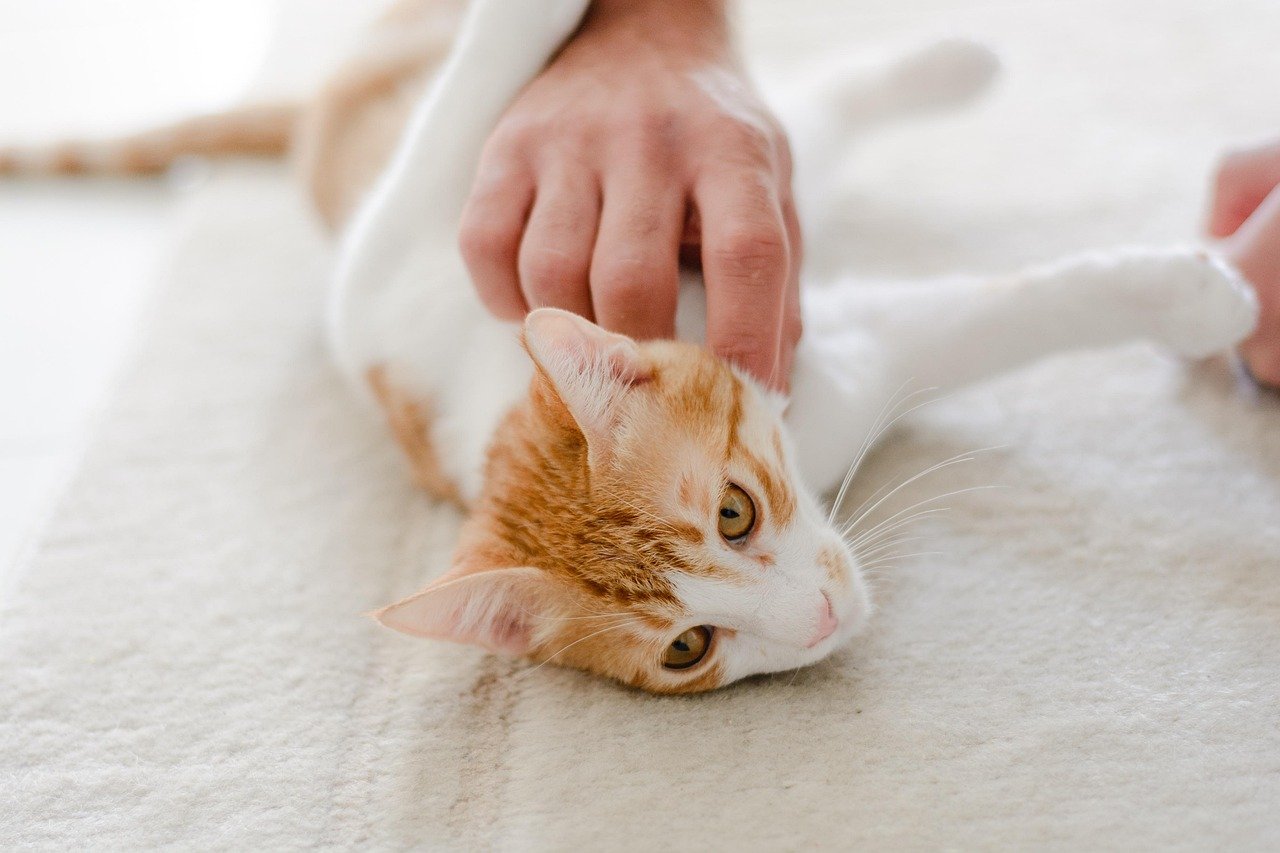Have you ever walked into your living room and found your cats in the middle of a dramatic battle, fur flying and yowls echoing through the house? It’s a heart-stopping moment for any cat lover. Sometimes, it feels like you’re living in a feline version of a wrestling match, with no referee in sight. The truth is, cat fights aren’t just loud and scary—they can lead to real injuries, broken trust, and a home filled with tension. Good news: you don’t have to stand by helplessly. With a little insight and a lot of love, you can help your furry friends find peace. Here are 10 practical, heartfelt ways to stop your cat from fighting—and bring harmony back to your home.
Understand Why Cats Fight
If you want to stop your cats from fighting, the first step is to figure out why they’re doing it. Cats aren’t just being mean for fun—there’s usually a reason behind every hiss and swipe. Sometimes, it’s because they’re defending their territory. Other times, it’s about jealousy, boredom, or even fear. Imagine how you’d feel if someone new moved into your room and started using your favorite chair. That’s how your cat might feel about a new feline roommate. Take a close look at when and where the fights happen. Are they fighting over food? A favorite window perch? Understanding the root cause helps you choose the right solution, rather than just reacting in the heat of the moment.
Provide Plenty of Personal Space

Just like people, cats need their own space to feel safe and comfortable. If your home is small or cluttered, cats might feel like they’re constantly stepping on each other’s toes. Make sure each cat has its own resting spot, food bowl, litter box, and scratching post. If possible, place these in separate rooms or at least in different corners. Cats love high places, so adding shelves or cat trees gives them more territory without taking up floor space. Think of it like giving each cat its own little kingdom—when everyone has a throne, there’s less reason to fight over who’s in charge.
Slow and Gentle Introductions

When you bring a new cat into your home, don’t expect instant friendship. Cats are creatures of habit, and a sudden newcomer can feel like a huge invasion. Take things slow. Start by keeping the new cat in a separate room, letting both cats sniff each other under the door. Swap bedding between them so they get used to each other’s scent. Gradually give them supervised visits, keeping sessions short and positive. It’s a bit like introducing two people at a party who don’t know each other—don’t force it, and give them time to warm up. Patience is your best friend here.
Use Distraction and Redirection
When you see a fight brewing, don’t just stand there in horror. Redirect their attention with a toy or a treat before things escalate. Try tossing a ball or waving a feather wand to shift their focus. Sometimes, a loud noise—like clapping your hands—can break their concentration without scaring them too much. It’s like changing the subject during a tense conversation. Redirecting energy toward play can help them burn off steam in a positive way, and it also teaches them that good things happen when they ignore the urge to fight.
Establish a Routine
Cats thrive on routine. Unpredictable schedules can make them anxious—and anxious cats are more likely to lash out at each other. Try to feed your cats at the same times every day, and keep play sessions and cuddles consistent. Having a predictable routine helps your cats know what to expect, which makes them feel safe and secure. It’s a bit like knowing your favorite coffee shop will always have your drink ready at 8 am. When life feels stable, there’s less reason to get worked up and less energy for fighting.
Neuter or Spay Your Cats

If your cats aren’t already spayed or neutered, it’s time to talk to your vet. Intact cats—especially males—are far more likely to fight over territory or potential mates. Hormones play a huge role in feline aggression. By spaying or neutering your cats, you remove a big source of tension and reduce the urge to fight. Plus, there are many health benefits, like a lower risk of certain cancers. Think of it as turning down the volume on their natural instincts, making it much easier for everyone to get along.
Reward Good Behavior

Cats may have a reputation for being aloof, but they respond well to positive reinforcement. Whenever your cats interact calmly or share a space peacefully, reward them with treats, praise, or gentle petting. Over time, they’ll start to associate good things with being calm around each other. Avoid punishing your cats for fighting—it usually just makes things worse and can make them fear you. Instead, focus on catching them being good, and let them know you appreciate it. A little kindness goes a long way in building better habits.
Use Calming Products
Sometimes, even with your best efforts, stress lingers in the air. That’s where calming products can help. Plug-in pheromone diffusers, calming collars, or sprays can simulate the natural chemicals that help cats relax. These aren’t magic fixes, but they can take the edge off during tense times, like after a big move or when introducing a new pet. Think of them as background music for peace—a subtle way to set a calmer mood in your home.
Consult a Veterinarian
If fights keep happening no matter what you try, it’s time to call in the experts. Sometimes aggression is linked to pain, illness, or anxiety that you can’t see. A vet can rule out medical issues that might be causing your cat to lash out. They can also refer you to a feline behaviorist for more specialized help. Don’t feel embarrassed—many cat owners have been through the same thing. Getting professional advice can be a game changer and might be the key to restoring peace in your home.
Patience and Persistence

Stopping cat fights isn’t an overnight process. It takes time, patience, and a willingness to try different strategies. There will be setbacks—maybe even days when you want to tear your hair out. But don’t give up! Remember, your cats are learning, adjusting, and growing right along with you. Celebrate the small victories, and try to keep a sense of humor about the bumps along the way. With love and persistence, most cats can learn to at least tolerate each other, if not become best friends.

Linnea is a born and bred Swede but spends as much time as possible in Cape Town, South Africa. This is mainly due to Cape Town’s extraordinary scenery, wildlife, and atmosphere (in other words, because Cape Town is heaven on earth.) That being said, Sweden’s majestic forests forever hold a special place in her heart. Linnea spends as much time as she can close to the ocean collecting sea shells or in the park admiring puppies.





